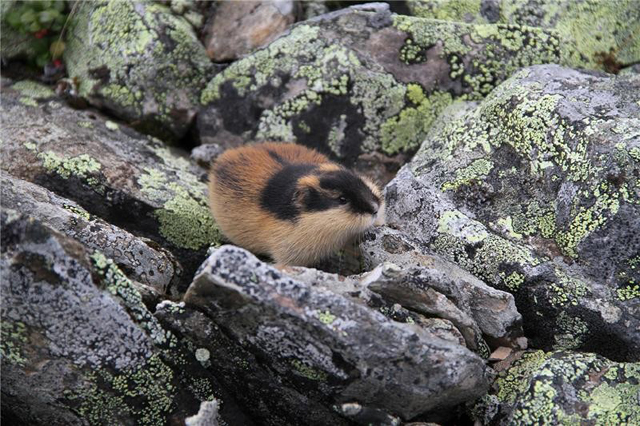Dr. Neil Shubin, an Univeristy of Chicago Evolutionary Paleontologist explains how we all contain over 3.5 million years of history in every part of our human bodies. Learn how this fascinating history unfolded in this installment of the Darwin Evolves series from UCLA. Series: Darwin Evolving.
Read more
Finding Your Inner Fish










